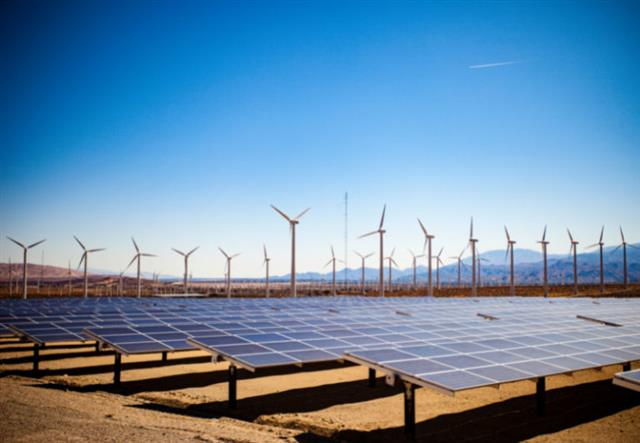
Since 2012 when the 18th National Congress of the CPC was held, China has witnessed faster transformation from fossil fuels to clean energy.
Zhang Jianhua, Secretary of the Party Leadership Group and Director of the National Energy Administration, said that in 2020, non-fossil energy accounted for 15.9% of primary energy consumption, 6.2% higher than 2012. The proportion of coal consumption fell to 56.8%, 11.7% lower than 2012.
China has also become more self-sufficient in energy supply. Since 2012, China has established a diversified clean energy supply system which is able to cover over 80% of energy consumption. The installed capacity of hydropower, wind power, solar PV, and nuclear power under construction have maintained the world’s largest. By the end of 2020, the installed capacity of clean energy reached 1083 GW, accounting for nearly 50% of the total installed capacity.
As China aims to reach carbon peak by 2030, the 14th five-year plan period becomes vital. China will take the following measures to achieve that goal, said Zhang Jianhua.
The first measure is to keep pushing forward the development of non-fossil energy. By 2030, China aims for the primary energy consumption ratio of non-fossil energy to reach about 25%, and the total installed capacity of wind and solar to reach over 1200 GW.
China also vows to promote clean energy consumption modes by adopting more stringent energy consumption standards. It will promote the use of non-fossil energy in manufacturing, construction, and transportation.
Zhang also mentioned that China will accelerate the use of EVs, BIPV and other clean energy technologies, electrify heating and cooking, and improve the electrification level of the whole society. By 2025, China aims for the energy consumption per unit of GDP to be reduced by 13.5% compared with 2020, and carbon emissions per unit of GDP to be reduced by 18% compared with that in 2020.


